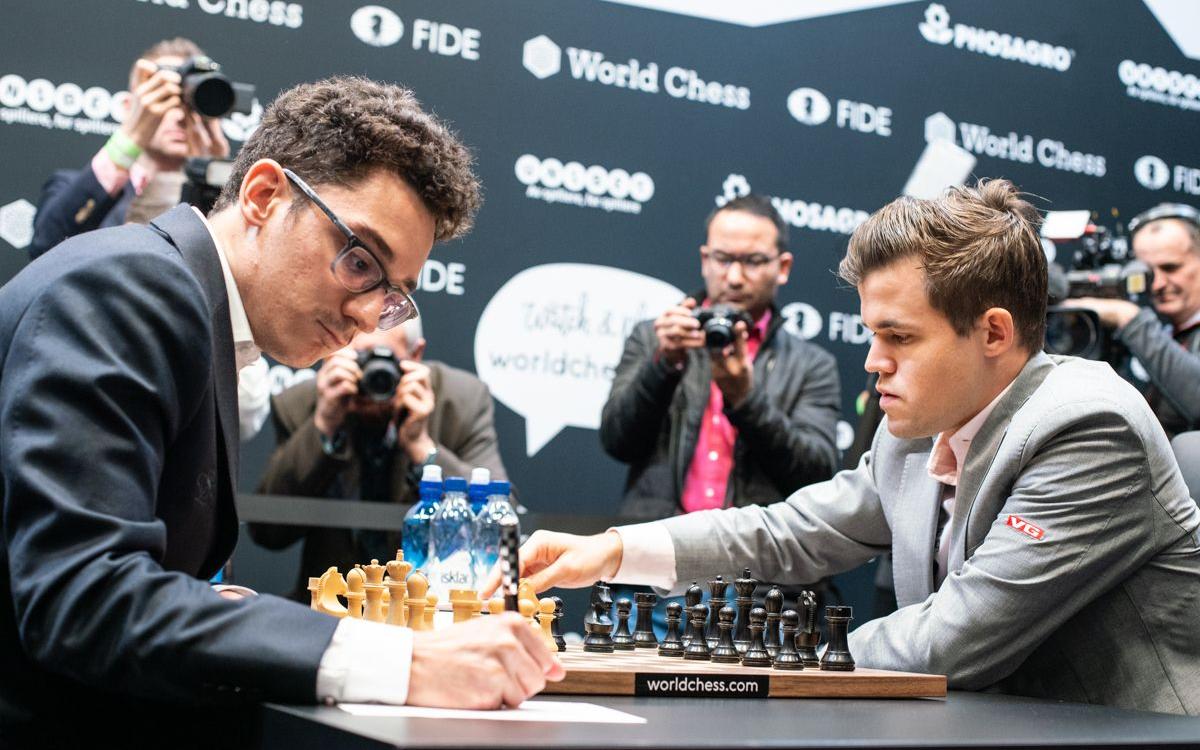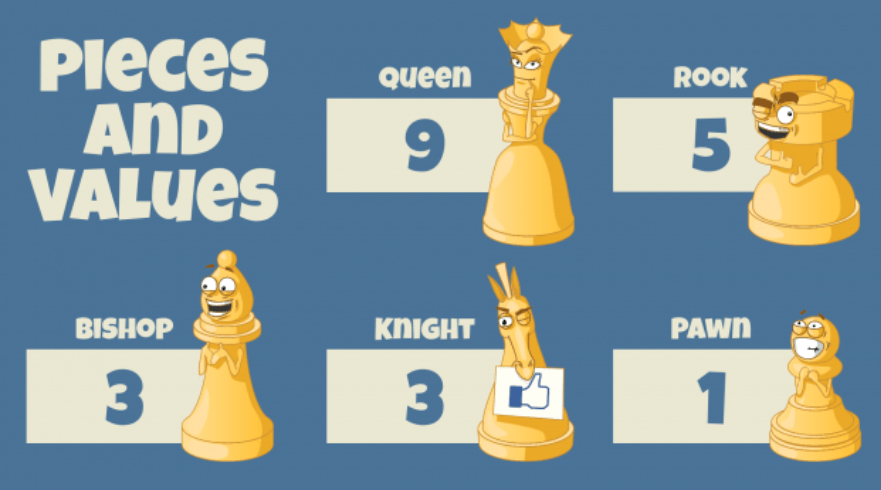
Understanding Average Centipawn Loss In Chess
Many chess players do not understand the unit of measure known as centipawn. For club players, understanding the term is not too important; however, understanding what it means may be helpful when reading game reports or reviewing game analyses. Here is what is important to know:
- What Is A Centipawn?
- What Is The Benefit Of Using Centipawns?
- What Are Limitations of Centipawn Evaluations?
- What Is Average Centipawn Loss?

What Is A Centipawn?
A centipawn is a measurement unit to calculate the strategic features of a position in a chess game and determine which player has an advantage, although this measure has no formal role in a game.
What Is The Benefit Of Using Centipawns?
Several evaluation systems incorporate the use of centipawns. When a player has a one-pawn advantage, it’s easy to measure it as 1, the value of a pawn. When a player has a one-rook advantage, similarly it’s easy to measure it as 5, the value of a rook, or the equivalent of five pawns.

Because pieces have integer values in pawns, determining an advantage less than a full integer requires fractions. To avoid the need to use fractions, the value of a pawn can be expressed as 100 centipawns, or alternatively, 100 centipawns are equal to one pawn.
A centipawn score is from White’s perspective. If the evaluation is +50 centipawns, White has a half-pawn advantage. If the score is negative, the position is better for Black. For example, if a move loses 100 centipawns, the score is the equivalent of a player losing a pawn. However, it doesn’t mean the player actually lost a pawn — in this case, the worse position or a loss of space has the same value as giving up a pawn.

What Are Limitations of Centipawn Evaluations?
Although centipawns can be useful for evaluating trades and analyzing positions, they do not influence raw gameplay. Because the only objective of a game is to checkmate an opponent’s king, centipawns alone may be insufficient to describe a particular situation. In addition, some openings sacrifice a pawn in order to gain a tempo, and the tempo advantage may be more important than the centipawn difference between the two players.
As Edward Lasker, who received the title of international master from the German Chess Federation in 1913 (and is a seventh cousin to former world chess champion Emanuel Lasker), cautions, "It is difficult to compare the relative value of different pieces, as so much depends on the peculiarities of the position."
It is difficult to compare the relative value of different pieces.
—Edward Lasker
Further, neural network engines such as AlphaZero do not use centipawn evaluations of a position. They calculate the probability of a win from a position using a scale of 100 percent (a certain win) to 0 percent (a certain loss).
What Is Average Centipawn Loss (ACPL)?
The term average centipawn loss (ACPL) represents how much “value” a player drops by making incorrect moves during a chess game. For super grandmasters, an average loss is between 20 and 10. For example, In the 2018 World Chess Championship against GM Fabiano Caruana, GM Magnus Carlsen managed a single-digit average during the 12 classical games.
The lower an ACPL that player has, the more perfectly they played (at least in the eyes of the engine assessing the game). Elite players often refer to ACPL, such as the following X-post by GM Anish Giri.

Although the term average centipawn loss is quite complex, it is a term that should be in your vocabulary, even though you may not see it frequently. However, when you do see it, you will now understand its relationship to how games are evaluated.
